Protect your family from respiratory illnesses. Schedule your immunization here >
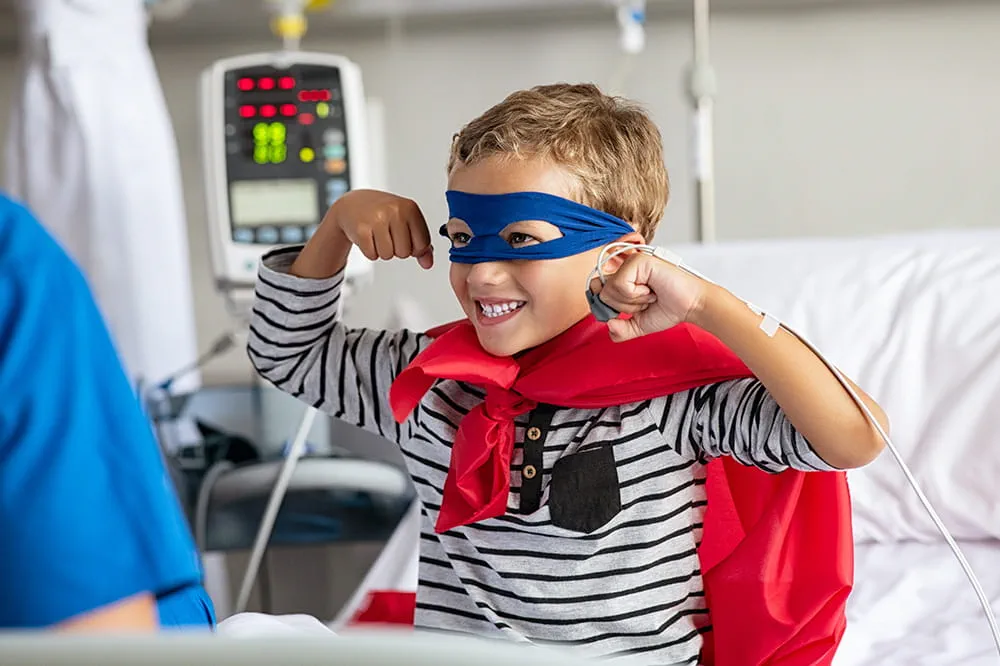
Ranked nationally in pediatric care.
Arkansas Children's provides right-sized care for your child. U.S. News & World Report has ranked Arkansas Children's in seven specialties for 2025-2026.

It's easier than ever to sign up for MyChart.
Sign up online to quickly and easily manage your child's medical information and connect with us whenever you need.
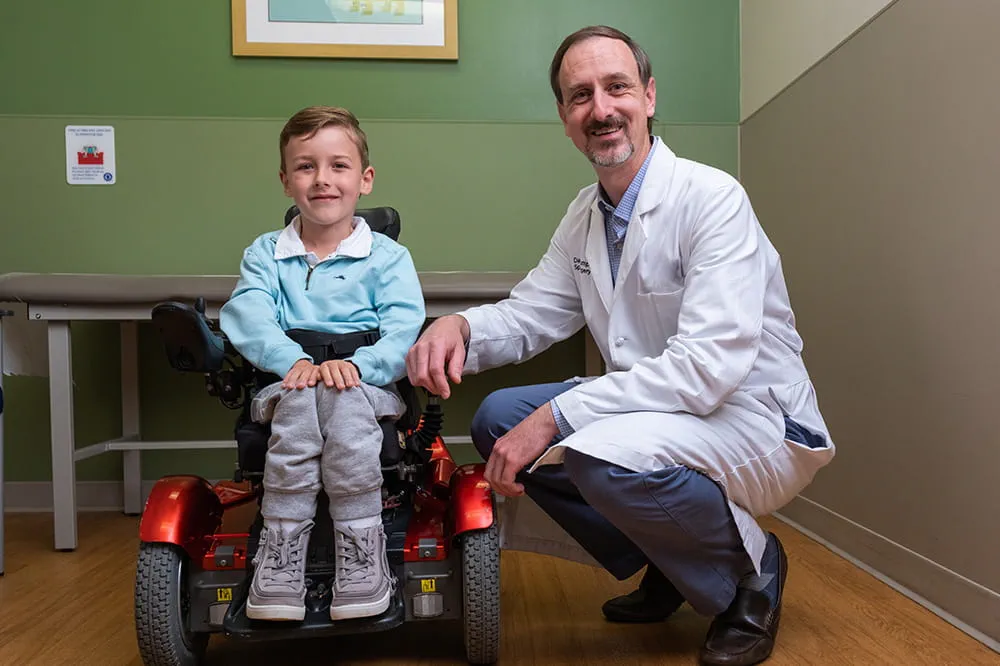
We're focused on improving child health through exceptional patient care, groundbreaking research, continuing education, and outreach and prevention.
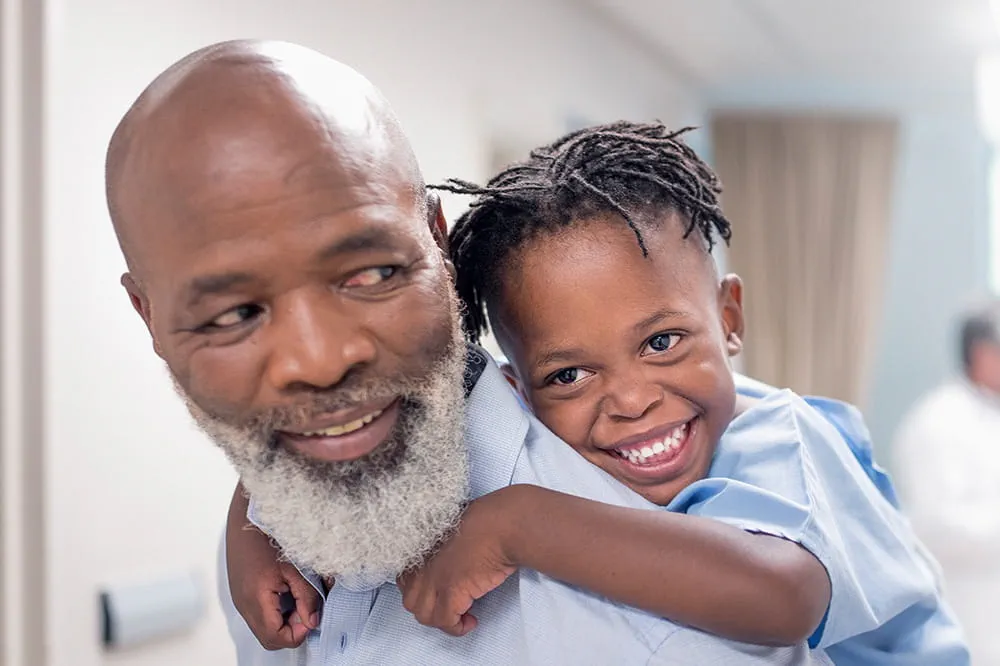
When it comes to your child, every emergency is a big deal.
Our ERs are staffed 24/7 with doctors, nurses and staff who know kids best – all trained to deliver right-sized care for your child in a safe environment.
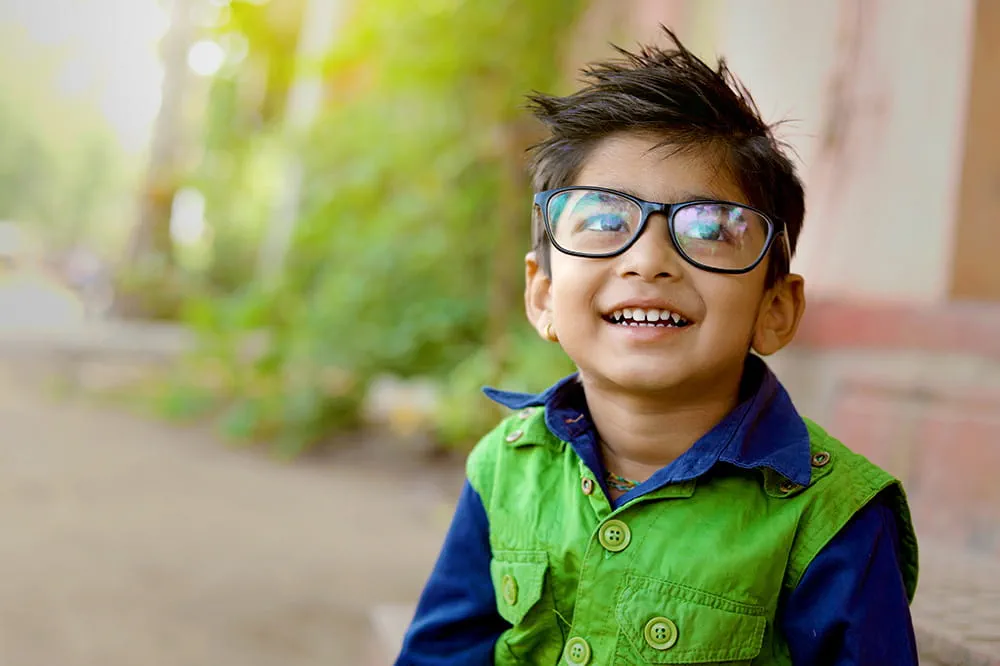
Arkansas Children's provides right-sized care for your child. U.S. News & World Report has ranked Arkansas Children's in seven specialties for 2025-2026.

Looking for resources for your family?
Find health tips, patient stories, and news you can use to champion children.

Support from the comfort of your home.
Our flu resources and education information help parents and families provide effective care at home.

Children are at the center of everything we do.
We are dedicated to caring for children, allowing us to uniquely shape the landscape of pediatric care in Arkansas.
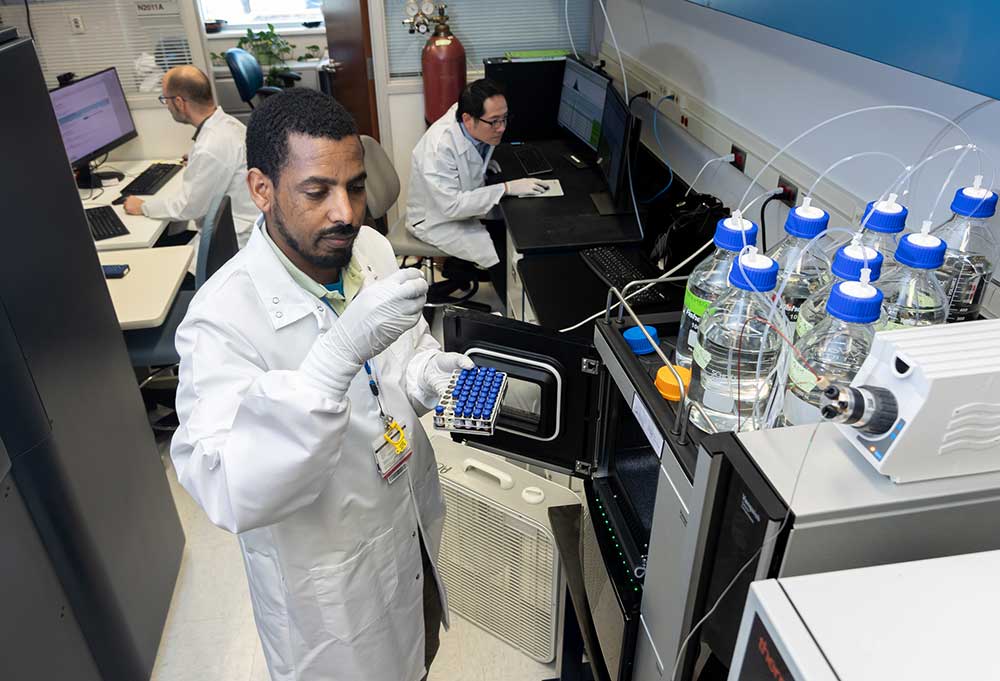
Transforming discovery to care.
Our researchers are driven by their limitless curiosity to discover new and better ways to make these children better today and healthier tomorrow.

We're focused on improving child health through exceptional patient care, groundbreaking research, continuing education, and outreach and prevention.
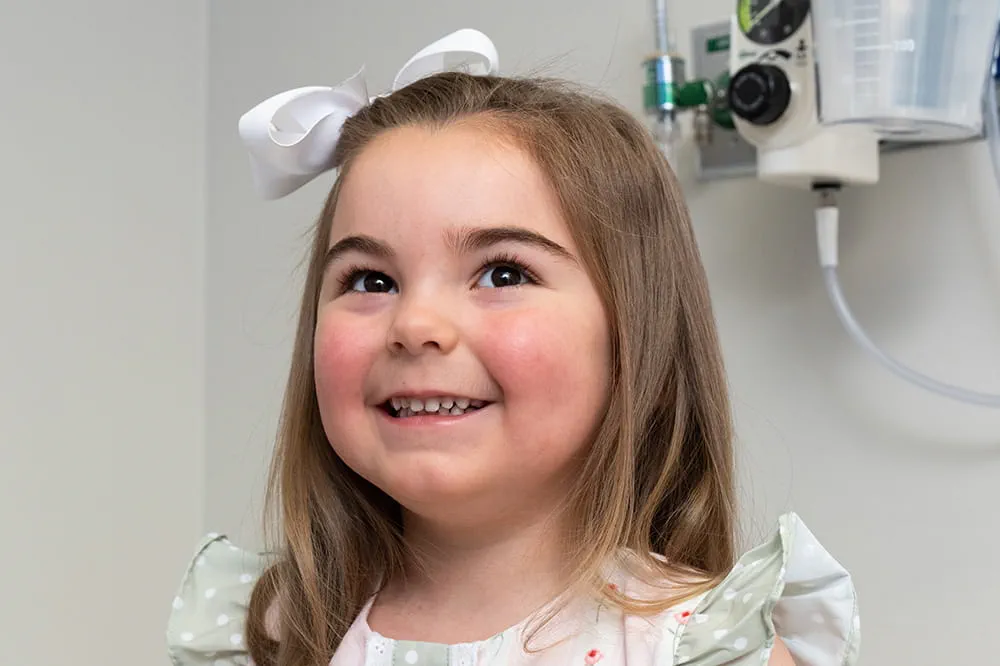
Then we're looking for you! Work at a place where you can change lives...including your own.
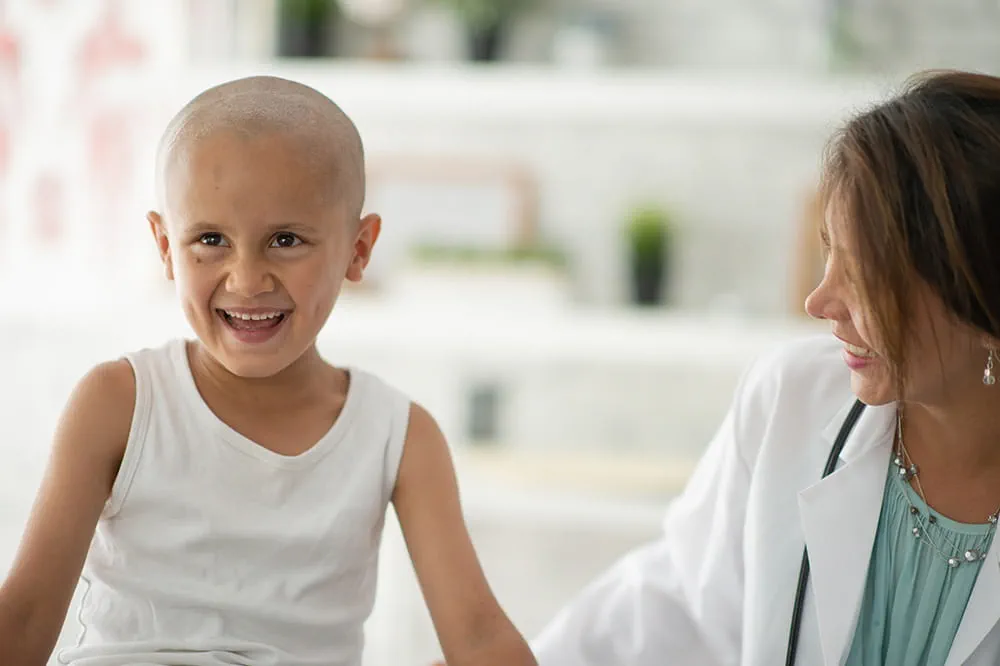
When you give to Arkansas Children's, you help deliver on our promise of a better today and a healthier tomorrow for the children of Arkansas and beyond
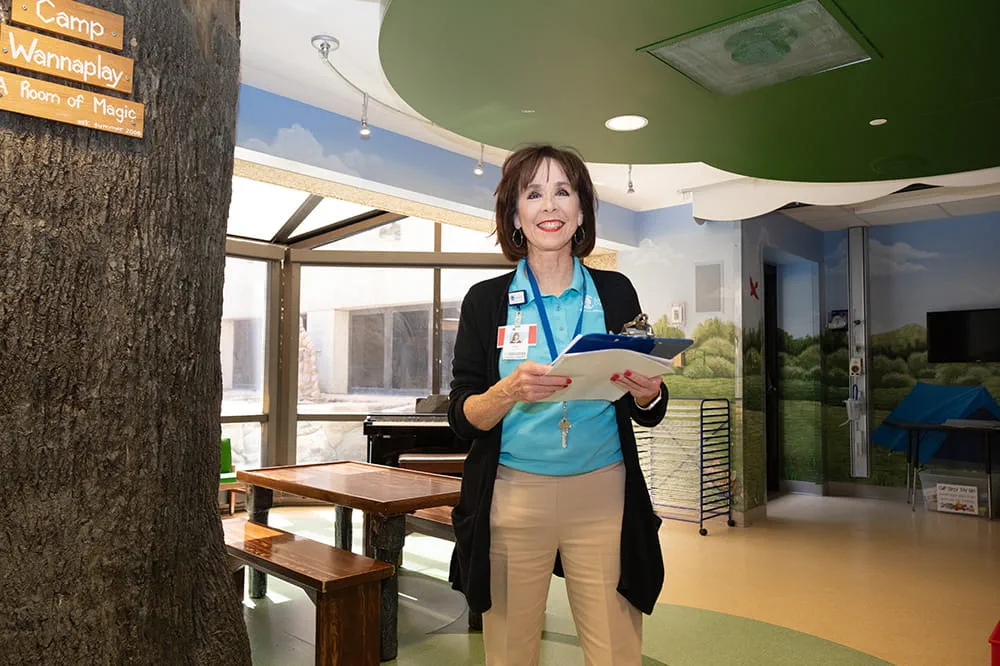
Become a volunteer at Arkansas Children's.
The gift of time is one of the most precious gifts you can give. You can make a difference in the life of a sick child.

Join our Grassroots Organization
Support and participate in this advocacy effort on behalf of Arkansas’ youth and our organization.

Learn How We Transform Discovery to Care
Scientific discoveries lead us to new and better ways to care for children.

Learn How We Transform Discovery to Care
Scientific discoveries lead us to new and better ways to care for children.

Learn How We Transform Discovery to Care
Scientific discoveries lead us to new and better ways to care for children.

Learn How We Transform Discovery to Care
Scientific discoveries lead us to new and better ways to care for children.

Learn How We Transform Discovery to Care
Scientific discoveries lead us to new and better ways to care for children.

Learn How We Transform Discovery to Care
Scientific discoveries lead us to new and better ways to care for children.
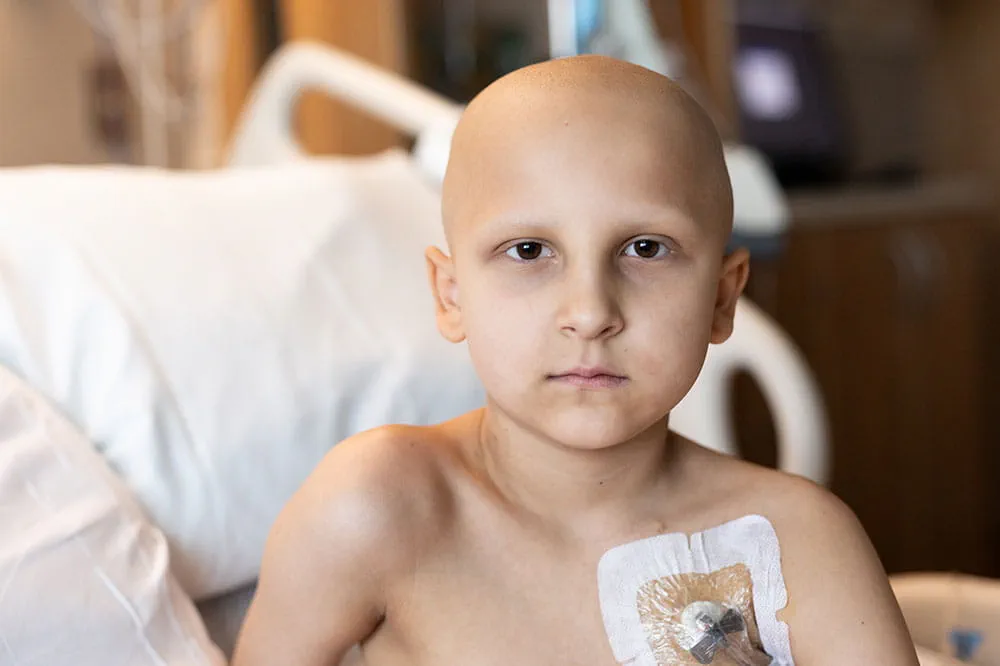
When you give to Arkansas Children’s, you help deliver on our promise of a better today and a healthier tomorrow for the children of Arkansas and beyond.
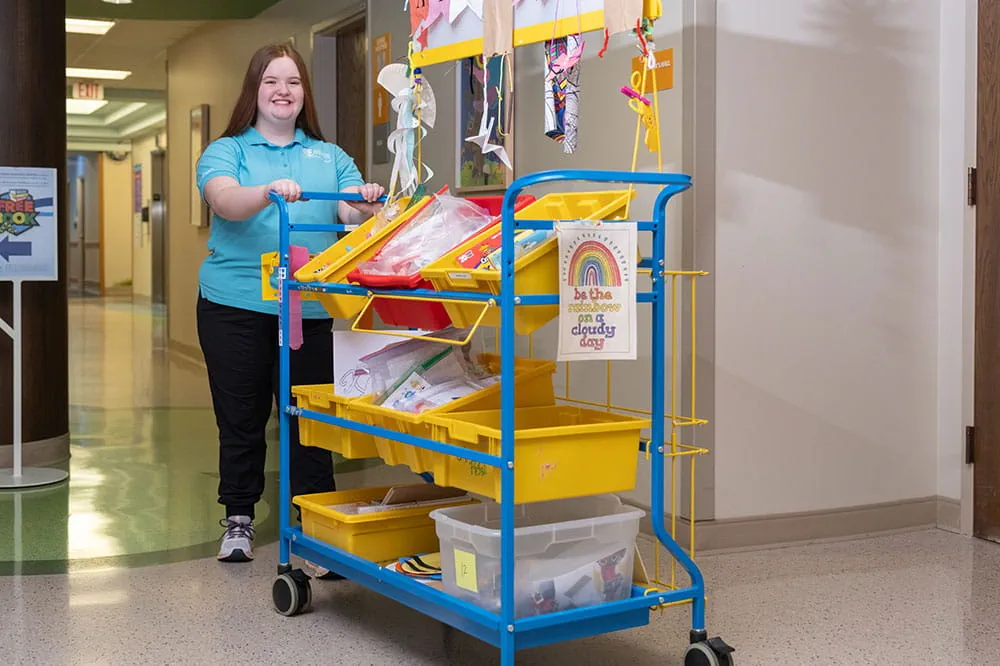
Your volunteer efforts are very important to Arkansas Children's. Consider additional ways to help our patients and families.

Join one of our volunteer groups.
There are many ways to get involved to champion children statewide.

Make a positive impact on children through philanthropy.
The generosity of our supporters allows Arkansas Children's to deliver on our promise of making children better today and a healthier tomorrow.
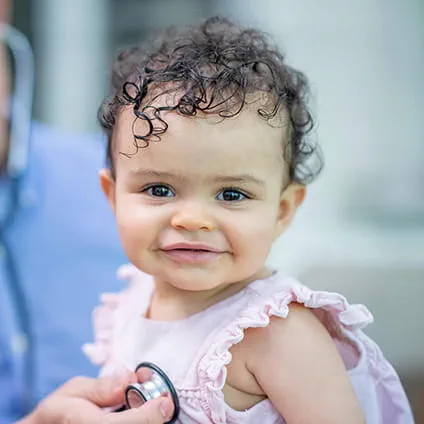
Read and watch heart-warming, inspirational stories from the patients of Arkansas Children’s.
Hello.

Arkansas Children's Hospital
General Information 501-364-1100
Arkansas Children's Northwest
General Information 479-725-6800

Bronchopulmonary Dysplasia
What is bronchopulmonary dysplasia?
Bronchopulmonary dysplasia is a chronic lung disease that can occur in infants. It most often affects premature babies who need help breathing. The condition occurs when the baby's lungs are damaged from being on a respirator or having oxygen therapy. Most babies with bronchopulmonary dysplasia weigh less than 2 pounds at birth and are born more than 10 weeks premature.
The lungs of infants with bronchopulmonary dysplasia may not develop properly. This can put children at risk for lung problems and developmental issues as they grow.
What are the signs and symptoms of bronchopulmonary dysplasia?
Some common symptoms of bronchopulmonary dysplasia include:
- Shortness of breath
- Cough
- Rapid breathing
- Blue tint to the skin
What causes bronchopulmonary dysplasia?
Bronchopulmonary dysplasia can occur when an infant with underdeveloped lungs needs to receive oxygen for a long time or be on a breathing machine. This can damage the lungs.
How is bronchopulmonary dysplasia treated?
There is no cure for bronchopulmonary dysplasia. The goal of treatment is to limit the amount of damage to the lungs so they can heal and grow. Your care team at Arkansas Children's is experienced in treating bronchopulmonary dysplasia in children and will work with you to determine the best course of treatment for your child. Options may include:
- Oxygen given through the nose
- A breathing machine
- Nutritional support to help them grow
- Medicines to reduce inflammation in the lungs or to make breathing easier
- Medicines to treat infection

Appointments
New and existing patients can visit our appointment hub for several ways to request an appointment, including online scheduling for many services.
Request an appointment
